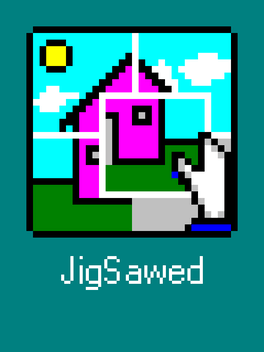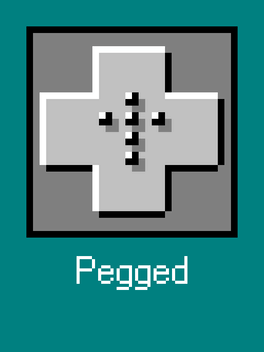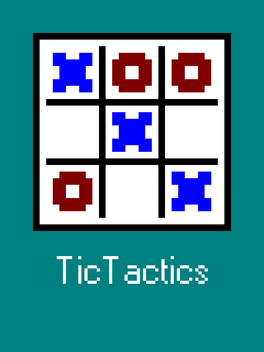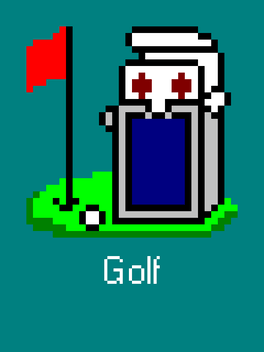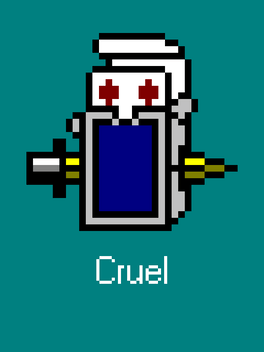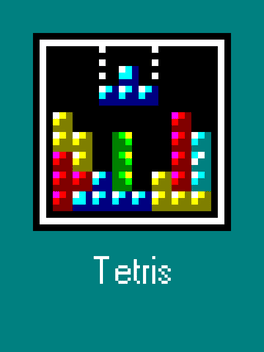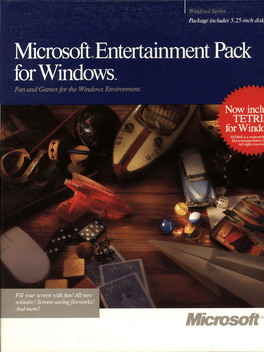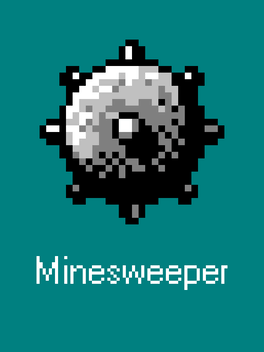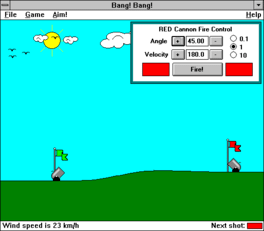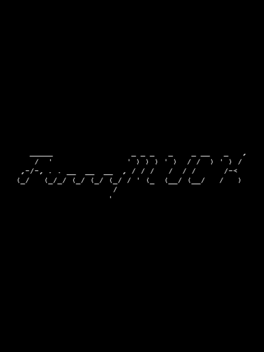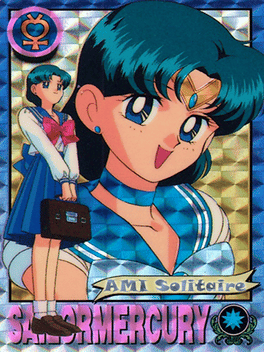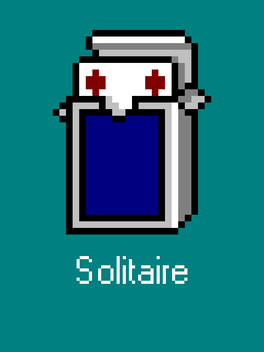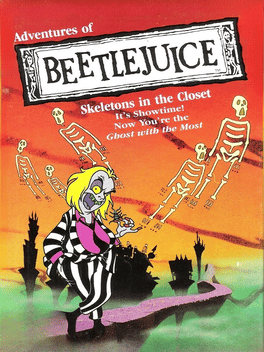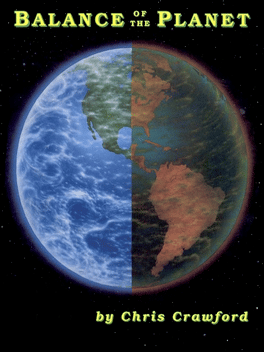New Pc Microsoft Windows Games - Page 3980
-
Jigsawed
1990
Jigsawed
1990
JigSawed is a puzzle video game developed by Tito Messerli and published by Microsoft in Microsoft Entertainment Pack 2 for PC in 1991. The game is a simple jigsaw puzzle, only it uses primitive shapes instead of standard fully-interlocking jigsaw shapes. -
Pegged
1990
Pegged
1990
Pegged is a puzzle video game developed by Mike Blaylock and published by Microsoft in their Microsoft Entertainment Pack for Windows for Windows 3 in 1990. It is a video game version of various layouts of peg solitaire. -
TicTactics
1990
TicTactics
1990
A Tic-Tac-Toe game played against the computer. Can be played in 3x3, 3x3x3, or 4x4x4 configurations. Was included in the 1990 release "Microsoft Entertainment Pack". -
Golf
1990
Golf
1990
Golf, also known as One Foundation, is a patience or solitaire card game where players try to earn the lowest number of points (as in golf, the sport) over the course of nine deals (or "holes", also borrowing from golf terminology). It has a tableau of 35 face-up cards and a higher ratio of skill to luck than most other solitaire card games. It was included as part of Microsoft Entertainment Pack in 1990 for Windows PCs. -
Cruel
1990
Cruel
1990
Cruel is a solitaire card game based on Perseverance. Cruel became popular when it was published as video game for Microsoft Windows by Microsoft in 1990 as part of the Microsoft Entertainment Pack for Windows 3.0. -
Tetris
1990
Tetris
1990
Tetris is a Windows port of the game included as part of the first Microsoft Windows Entertainment Pack, and later re-released as part of Microsoft's Best Of Windows Entertainment Pack. -
Alien Force
1990
-
Microsoft Entertainment Pack for Windows
1990
The Microsoft Entertainment Pack 1 was a pack of simple casual games released in 1990. At the time it was one of the first Windows only PC games on the market. This pack includes: – Cruel Solitaire (a card game) – Golf (a card game) – Minesweeper – Pegged – Taipei – Tetris – TicTactics – IdleWild (a screensaver program) (untagged) -
Taipei
1990
Taipei
1990
Taipei is a matching game using Majhong tiles. In order to remove tiles from the field, they must both have an exposed left or right side. The object is to systematically clear all tiles from the field. -
Microsoft Minesweeper
1990
star 6.9Microsoft Minesweeper (formerly just Minesweeper, and also known as Flower Field) is a minesweeper-type video game created by Curt Johnson, originally for IBM's OS/2, that was ported to Microsoft Windows by Robert Donner, both Microsoft employees at the time. -
Bang! Bang!
1990
Bang! Bang!
1990
An artillery game where both sides control a stationary cannon; players must alter the angle and velocity of their attacks in order to successfully destroy the opponent's cannon. -
FurryMUCK
1990
FurryMUCK
1990
One of the earliest examples of a game catered toward and made by members of the Furry fandom, 'FurryMUCK' is an online text-based roleplaying game which allows players to interact as their fursonas with others, as well as in various rooms and plazas. -
Ami Solitaire
1990
Ami Solitaire
1990
This game is a standard solitaire game that comes by default with Windows but cards show hentai pictures of Sailormercury (Ami Mizuno) instead (some ones show pictures of Ami + Mako also). -
Windows Solitaire
1990
Windows Solitaire
1990
"Windows Solitaire" is the classic, computer generated card game of solitaire. Relax with this classic gem with realistic card turning sounds! -
Microsoft Solitaire
1990
Microsoft Solitaire
1990
star 7.5Solitaire, also known as Microsoft Solitaire is a computer game included with Microsoft Windows, based on a card game of the same name. -
Disc Station 16
1990
-
Disc Station #15
1990
-
Ara Teka
1990
-
Adventures of Beetlejuice: Skeletons in the Closet
1990
A truly bizarre game which was rather popular at the time. It's an action game of sorts, in which you play Beetlejuice himself and you have to kill (?) all kinds of skeletons with weapons -- you start with the ability to shoot a single loogie at the skeletons and, by collecting bonuses from destroyed skeletons, you may get additional loogies per shot or completely different weapons. Also, after you hit a skeleton, your friend Lidia has to collect the skeleton's remains with a vacuum cleaner; however, if a skeleton find Lidia she becomes imprisoned in a cage and you have to release her by hitting another skeleton and taking a "lightning bonus" from his remains. Another nice touch is the worm, which comes out of the playground every now and then and, should it hit you, kills you. -
Balance of the Planet
1990
Balance of the Planet is an environmental management simulation. It is the successor to Balance of Power. Chris Crawford seems to have a special liking for problems of global concern. Balance of Power dealt with politics in the cold war, its successor Balance of the Planet simulates nothing less than Earth's ecosystem. Although Maxis' Sim Earth is often credited as the first "ecosim", the title rightfully belongs to Crawford's game. Both games are equally interesting nevertheless, as they use two vastly different approaches to an enormously complex subject. Sim Earth tries to simulate the natural processes, i.e. continental drift, weather, global temperature etc. as accurately as possible, and calculates the global impact from this basic conditions. Balance of the Planet breaks down the ecological system into 150 single factors, connected in a cause-and-effect network. Rather than experiencing the ecosystem as a whole, you discover a string of subjects that influence each other. For example, when dealing with gl
